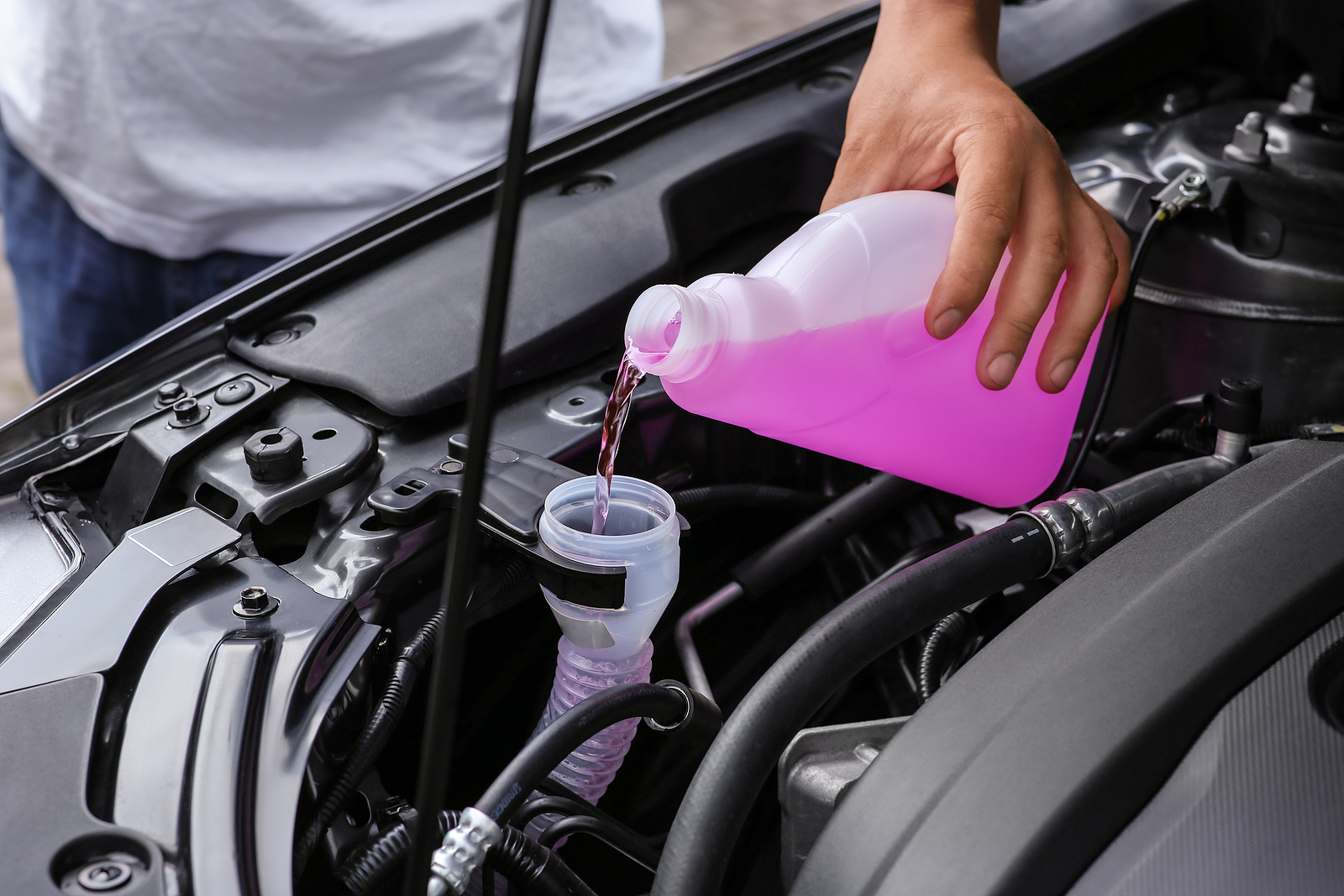
Car inspections play a crucial role in environmental protection by ensuring that vehicles on the road meet certain emissions and safety standards. Here’s a detailed look at how these car inspections contribute to environmental conservation and sustainability:
Ensuring Emission Standards Compliance
One of the primary objectives of car inspections is to monitor and enforce emission standards. Vehicles emit pollutants such as carbon monoxide (CO), nitrogen oxides (NOx), hydrocarbons (HC), and particulate matter (PM) during operation. These pollutants contribute significantly to air pollution, smog formation, and adverse health effects.
Car inspections involve testing vehicle emissions to ensure they meet specified limits set by environmental regulations. By enforcing these standards, inspections help reduce harmful emissions released into the atmosphere, thereby improving air quality and public health.
Promoting Fuel Efficiency
In addition to emission testing, car inspections often include checks on the vehicle’s overall efficiency, including fuel consumption rates. Efficient vehicles typically produce fewer emissions per mile traveled, contributing to lower overall environmental impact.
Inspections may encourage drivers and manufacturers to adopt technologies and practices that improve fuel efficiency, such as hybrid systems, electric vehicles (EVs), and advancements in engine design. These advancements not only reduce emissions but also promote sustainable transportation solutions.
Identifying and Mitigating Environmental Hazards
Regular car inspections go beyond emissions testing to identify and address potential environmental hazards. Inspectors assess various components of the vehicle, including exhaust systems, engine performance, and fluid leaks. Detecting issues such as oil leaks, faulty catalytic converters, or malfunctioning emissions control systems helps prevent hazardous substances from entering soil and water sources.
By promptly addressing these issues through required repairs or maintenance, car inspections contribute to minimizing environmental contamination and preserving natural ecosystems.
Supporting Regulatory Compliance and Enforcement
Car inspections serve as a mechanism for regulatory compliance and enforcement of environmental laws. Governments and environmental agencies implement inspection programs to ensure that vehicles adhere to legal standards for emissions and safety. Compliance with these regulations helps mitigate the environmental impact of transportation and promotes sustainable practices within the automotive industry.
Encouraging Vehicle Maintenance and Longevity
Regular inspections encourage vehicle owners to maintain their cars in optimal condition. Well-maintained vehicles tend to operate more efficiently, consume less fuel, and emit fewer pollutants compared to poorly maintained counterparts. Proper maintenance practices, identified through inspections, prolong vehicle lifespan and reduce the environmental footprint associated with manufacturing and disposing of automobiles.
Conclusion
Car inspections play a pivotal role in safeguarding the environment by promoting cleaner vehicle technologies, reducing emissions, preventing environmental hazards, and ensuring regulatory compliance. As transportation continues to evolve, rigorous inspection standards will remain essential in fostering sustainable mobility and protecting natural resources for future generations.
By understanding and supporting the role of car inspections in environmental protection, stakeholders can contribute to a cleaner, healthier planet while enjoying the benefits of safe and efficient transportation.